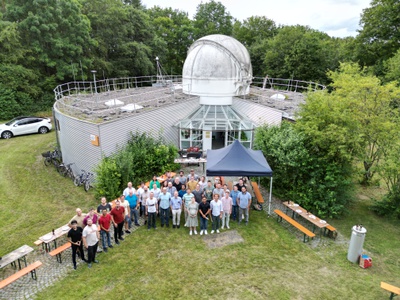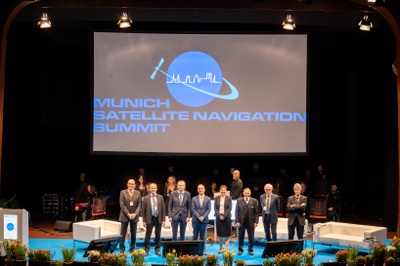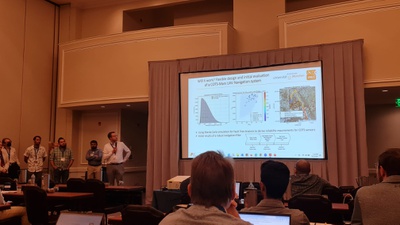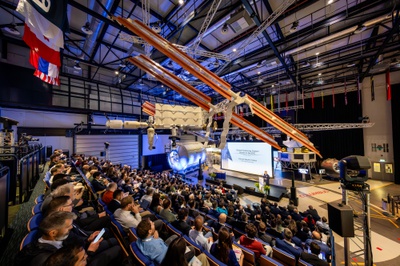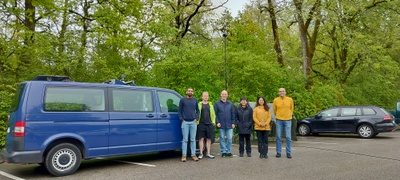Emulation of a LiDAR/IMU Navigation Solution for an Asteroid Lander Using a Multicopter
4 August 2021
Emulation of a LiDAR/IMU Navigation Solution for an Asteroid Lander Using a Multicopter
In the field of deep space exploration, sending probes to planets, moons and asteroids are getting more attention in order to understand the origin of the universe, the assessment of possible existence of forms of life –apart from those on the Earth–, and the possibility of establishing colonies in the solar system. One crucial task of those spacecraft is to ensure the autonomy of operating in the vicinities of those celestial bodies. Hence, we are proposing a new concept for autonomous navigation of an asteroid lander.
The LiDARs sense the surface producing a point cloud, which allows us to determine the hazards on the terrain, providing simultaneously the spacecraft’s pose change between two consecutive point clouds. The hazards estimation is the basis for the creation of an occupancy map, which indicates the available landing areas, assessed by slope, area, and roughness. Moreover, the pose change of the point cloud serves as an odometry estimation using the change of the position of the spacecraft in the specified time step.

For the development of the navigation algorithms, the generation of synthetic LiDAR data and the modeling of an IMU are carried out using Gazebo as the 3D environment simulator, and the Robot Operating System –ROS– is used as the middleware for implementation of the algorithms and corresponding data management.

The validation of the algorithms will be performed using a multicopter, where 2 high density LiDARs and a tactical-grade IMU will integrate the navigation payload. The ground truth state of the multicopter will be assessed by using GNSS-RTK.
The multicopter UAV control is based on the Open-Source MRS UAV System of the Czech Technical University which uses a satellite like reference trajectory as input to mimic a similar dynamic behavior like a landing spacecraft on an asteroid.
Not only the accurate SC-trajectory tracking of the UAV is crucial for the emulation performance, but also the environment needs to provide representative surface characteristics to ensure a spacecraft like emulation. On site of the University campus, the eastern part of the tank test track represents a first approximation for an asteroid like environment due to its gravel hill and crater. Therefore, this region was mapped by an UAV to create a 3D model to conduct first simulations and furthermore the mapping data is used for creating hazard maps which will allow the system to identify the first landing point before starting the landing approach.



